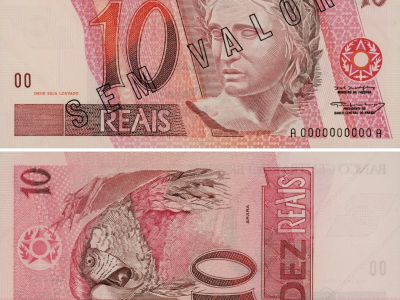In early 1997, the Banco Central do Brasil (BCB), Brazil’s central bank, began an internal evaluation project to potentially convert their paper banknotes to polymer banknotes.
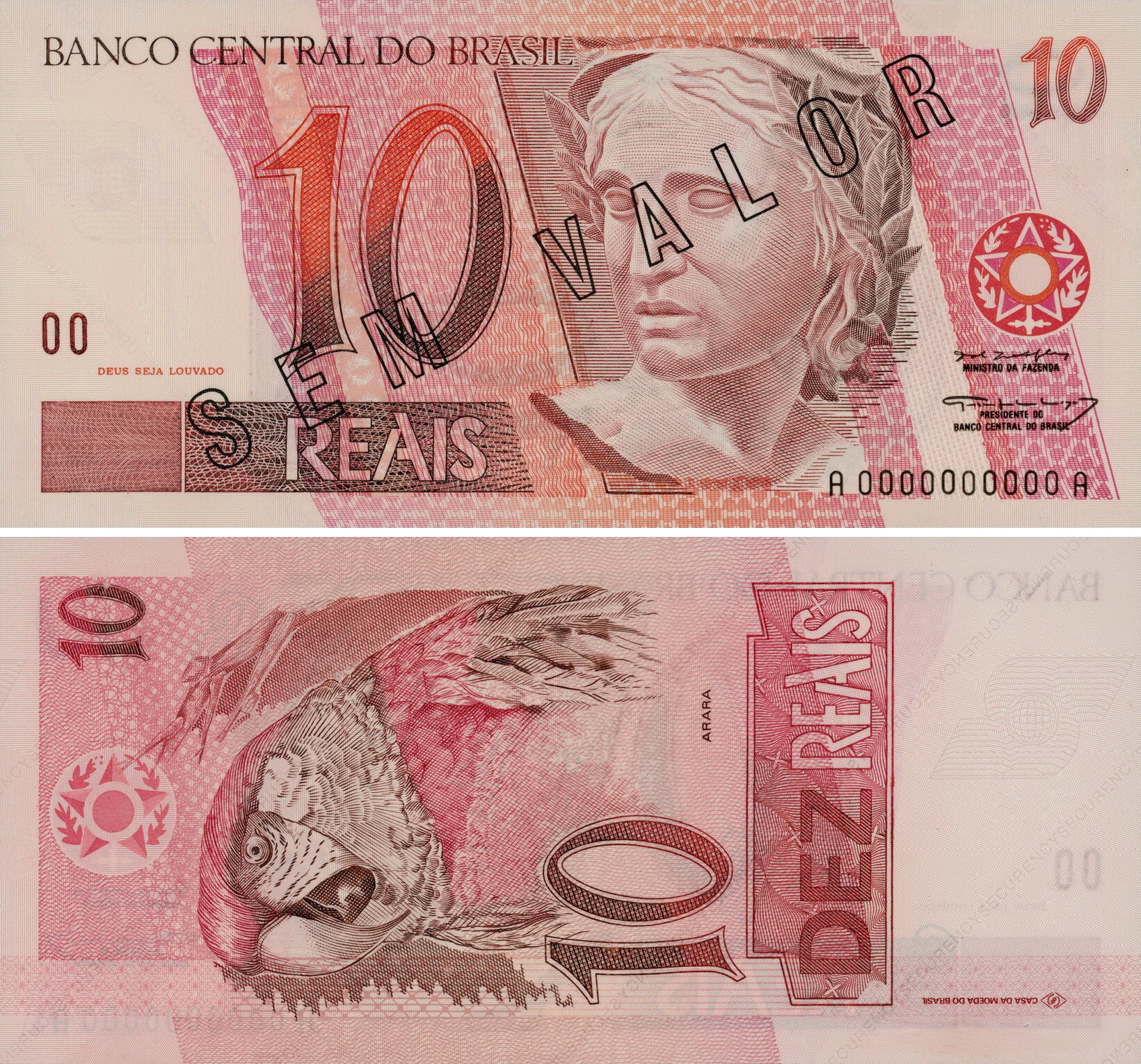
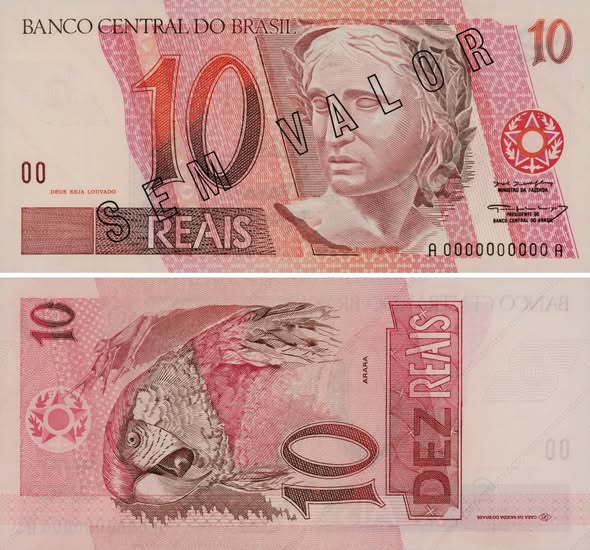
The resulting polymer notes were identical to the original paper banknotes, but printed on the Guardian™ polymer substrate and without a magnetic security thread, the Brazil-related watermark (Brazil's flag) and the colored/luminescent fibers. All other nine security features of the original paper banknote were reproduced, viz. (a) chalcographic printing; (b) a special background; (c) microprinting; (d) coincident printing (forming a complete image between prints of the obverse and reverse); (e) serial numbering (A0000000000A); (f) a latent image; (g) tactile marks; (h) signatures; and, (i) multidirectional lines.
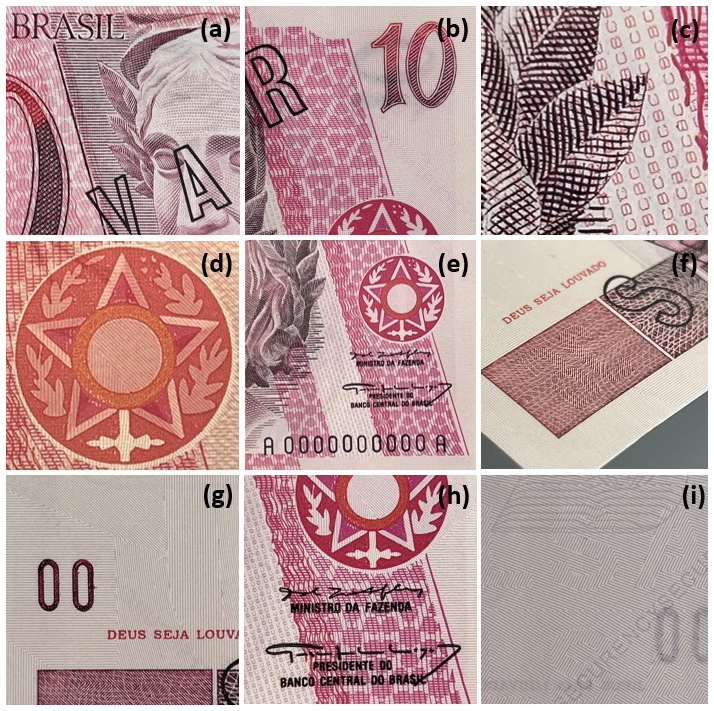
During printing, there are always some notes that are not perfect. Machines need to be set up and run, and there are stops and adjustments in the process. Also, there are things that happen after printing, e.g., in the way sheets and notes are handled and further processed. For most likely one or some of the reasons listed above, the notes printed for Variety #2 (Pedro S. Malan / Gustavo H. B. Franco signatures) show some "smeared ink" issues, as can be seen in Figure 2.
See Figure 4: Securency logo in the offset of the polymer film
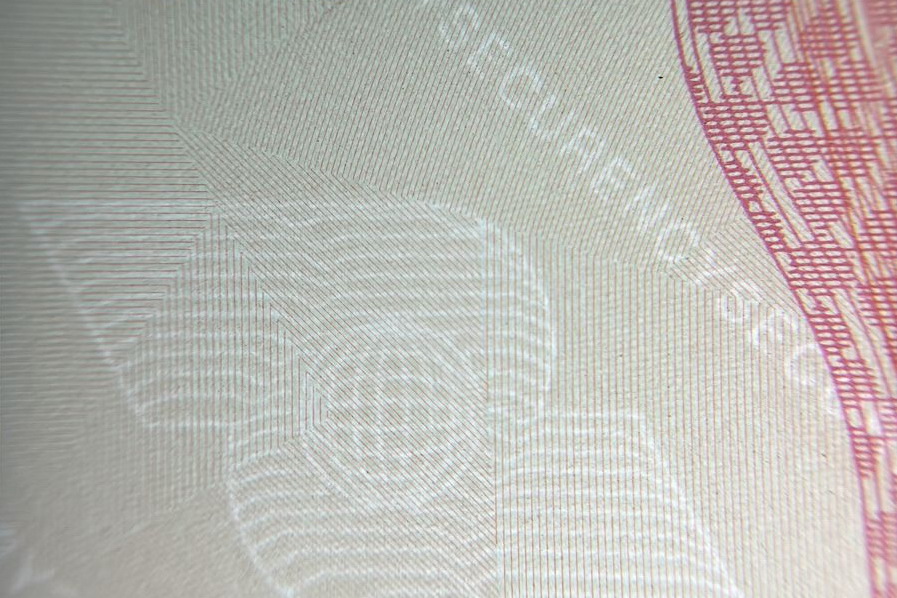
It is interesting to note that, since the original plates for the 10-real paper banknote were used as part of this test and due to the different rates of ink absorption in paper and polymer substrate (higher absorption rate in paper substrates), the embossed reliefs are much stronger on the 10-real polymer test note. It also "shines" more than its paper banknote counterpart.
These test notes are scarce and quite desirable items for both Brazilian and polymer banknote collectors alike.




